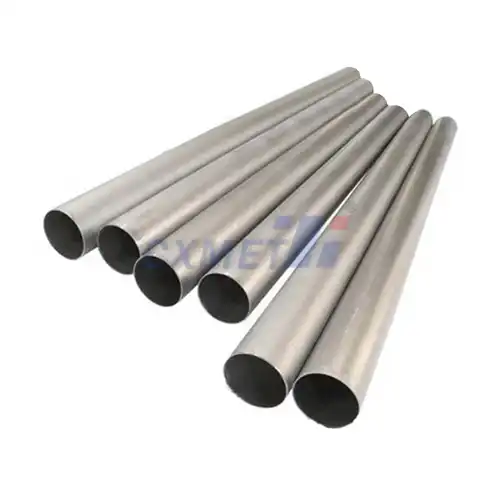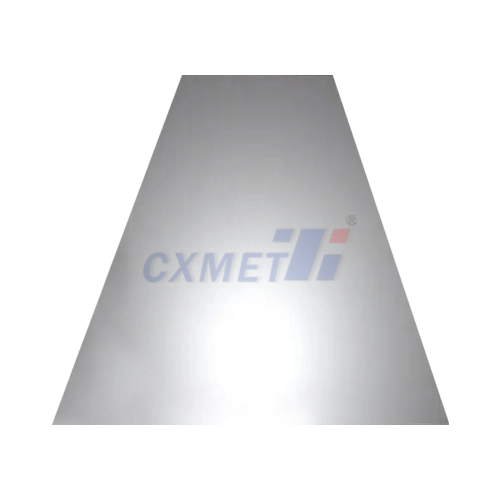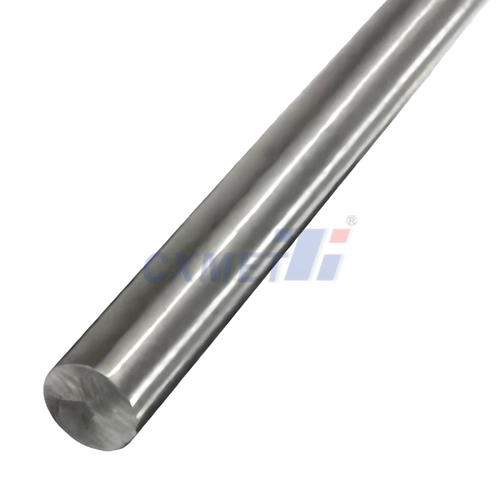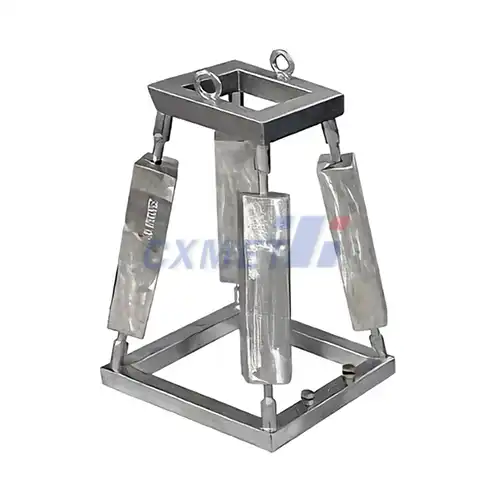- English
- French
- German
- Portuguese
- Spanish
- Russian
- Japanese
- Korean
- Arabic
- Greek
- German
- Turkish
- Italian
- Danish
- Romanian
- Indonesian
- Czech
- Afrikaans
- Swedish
- Polish
- Basque
- Catalan
- Esperanto
- Hindi
- Lao
- Albanian
- Amharic
- Armenian
- Azerbaijani
- Belarusian
- Bengali
- Bosnian
- Bulgarian
- Cebuano
- Chichewa
- Corsican
- Croatian
- Dutch
- Estonian
- Filipino
- Finnish
- Frisian
- Galician
- Georgian
- Gujarati
- Haitian
- Hausa
- Hawaiian
- Hebrew
- Hmong
- Hungarian
- Icelandic
- Igbo
- Javanese
- Kannada
- Kazakh
- Khmer
- Kurdish
- Kyrgyz
- Latin
- Latvian
- Lithuanian
- Luxembou..
- Macedonian
- Malagasy
- Malay
- Malayalam
- Maltese
- Maori
- Marathi
- Mongolian
- Burmese
- Nepali
- Norwegian
- Pashto
- Persian
- Punjabi
- Serbian
- Sesotho
- Sinhala
- Slovak
- Slovenian
- Somali
- Samoan
- Scots Gaelic
- Shona
- Sindhi
- Sundanese
- Swahili
- Tajik
- Tamil
- Telugu
- Thai
- Ukrainian
- Urdu
- Uzbek
- Vietnamese
- Welsh
- Xhosa
- Yiddish
- Yoruba
- Zulu
How Does The Purity Of Tantalum Affect Sputtering Target Quality?
2024-08-30 12:02:44
Tantalum sputtering targets play a crucial role in the production of high-quality thin films for various applications in the semiconductor, electronics, and optical industries. The purity of tantalum used in these targets is a critical factor that significantly influences the quality of the resulting thin films. This blog post explores the relationship between tantalum purity and sputtering target quality, delving into the key properties, impacts on thin film deposition, and applications of high-purity tantalum sputtering targets.
What are the key properties of tantalum disc sputtering targets?
Tantalum disc sputtering targets are essential components in physical vapor deposition (PVD) processes, particularly in magnetron sputtering systems. These targets possess several key properties that make them valuable in thin film deposition:
1. High melting point: Tantalum has a melting point of 3017°C (5463°F), which allows it to withstand the high temperatures generated during the sputtering process without melting or deforming. This high melting point ensures consistent performance and longevity of the target.
2. Excellent thermal conductivity: Tantalum's thermal conductivity (57.5 W/m·K) helps dissipate heat efficiently during sputtering, preventing localized overheating and ensuring uniform target erosion. This property is crucial for maintaining consistent deposition rates and film quality throughout the target's lifetime.
3. Low coefficient of thermal expansion: With a coefficient of thermal expansion of 6.5 × 10^-6 /K, tantalum exhibits minimal dimensional changes under thermal stress. This stability helps maintain target shape and performance during the sputtering process, contributing to consistent film thickness and properties.
4. High density: Tantalum's high density (16.69 g/cm³) contributes to its effectiveness as a sputtering target. The dense atomic structure allows for efficient momentum transfer during ion bombardment, resulting in higher sputtering yields and deposition rates.
5. Chemical inertness: Tantalum is highly resistant to chemical attack, making it suitable for use in various reactive sputtering processes. This property ensures that the target material remains stable and does not introduce unwanted contaminants into the deposited films.
6. Ductility and malleability: These properties allow for the fabrication of tantalum targets in various shapes and sizes, including discs, to suit different sputtering system configurations and applications.
7. High sputtering yield: Tantalum's sputtering yield, which is the number of atoms ejected per incident ion, is relatively high compared to many other metals. This characteristic contributes to efficient thin film deposition and higher throughput in production processes.
The purity of tantalum significantly influences these properties. Higher purity tantalum targets (typically 99.95% or 99.99% pure) exhibit superior performance in terms of film uniformity, target lifetime, and reduced contamination. Impurities in the target material can lead to defects in the deposited films, alter electrical and optical properties, and potentially cause issues with adhesion or film structure.
How does tantalum purity impact thin film deposition?
The purity of tantalum in sputtering targets has a profound impact on the thin film deposition process and the quality of the resulting films. Understanding these effects is crucial for optimizing the performance of tantalum-based thin films in various applications:
1. Film composition and stoichiometry: Higher purity tantalum targets result in more precise control over the composition of the deposited films. Impurities in the target material can be incorporated into the film, altering its stoichiometry and potentially affecting its desired properties. For example, in the production of tantalum nitride (TaN) films for diffusion barriers in microelectronics, even small amounts of impurities can significantly impact the film's electrical and barrier properties.
2. Microstructure and grain size: The purity of the target material influences the microstructure and grain size of the deposited films. Higher purity tantalum typically leads to more uniform grain structures and better control over grain size. This is particularly important in applications where the film's microstructure directly affects its performance, such as in x-ray mirrors or superconducting devices.
3. Film density and porosity: Tantalum targets with higher purity tend to produce denser films with lower porosity. This is crucial for applications requiring high-density films, such as protective coatings or barrier layers in microelectronics. Impurities can lead to the formation of voids or defects in the film structure, compromising its performance and reliability.
4. Electrical properties: The electrical properties of tantalum thin films, including resistivity and conductivity, are highly sensitive to impurities. Higher purity targets result in films with more predictable and consistent electrical characteristics. This is particularly important in the production of thin film capacitors, where the electrical properties of the tantalum film directly impact device performance.
5. Optical properties: In applications such as optical coatings or transparent conductive films, the purity of the tantalum target affects the optical properties of the deposited films. Higher purity targets generally result in films with better transparency, more precise refractive indices, and lower absorption coefficients.
6. Stress and adhesion: The purity of the target material can influence the internal stress and adhesion properties of the deposited films. Higher purity tantalum often leads to films with lower internal stress and better adhesion to the substrate. This is critical for applications requiring long-term stability and reliability, such as protective coatings or barrier layers in electronic devices.
7. Contamination and defects: Impurities in the target material can lead to the formation of defects or the introduction of contaminants in the deposited films. These defects can act as nucleation sites for further film growth, potentially leading to non-uniform film morphology or the formation of undesired phases. In sensitive applications like semiconductor devices, even trace amounts of contaminants can significantly impact device performance and yield.
8. Deposition rate and efficiency: Higher purity tantalum targets often exhibit more consistent and predictable sputtering rates. This allows for better control over the deposition process and can lead to improved efficiency in terms of material utilization and process throughput.
9. Target lifetime and erosion profile: The purity of the target material affects its erosion behavior during sputtering. Higher purity targets typically exhibit more uniform erosion profiles, leading to better utilization of the target material and potentially longer target lifetimes. This can result in cost savings and reduced downtime in production environments.
10. Reproducibility and consistency: Using high-purity tantalum targets enhances the reproducibility and consistency of the thin film deposition process. This is crucial for large-scale manufacturing applications where precise control over film properties is required across multiple production runs.
What are the applications of high-purity tantalum sputtering targets?
High-purity tantalum sputtering targets find applications in a wide range of industries due to their unique properties and the high-quality thin films they produce. Some of the key applications include:
1. Microelectronics and semiconductor devices: Tantalum and tantalum-based compounds are widely used in the semiconductor industry for various applications:
- Diffusion barriers: Tantalum nitride (TaN) films serve as excellent diffusion barriers between copper interconnects and silicon substrates in integrated circuits.
- Gate electrodes: Tantalum-based films are used as gate electrodes in metal-oxide-semiconductor field-effect transistors (MOSFETs) due to their high work function and thermal stability.
- Capacitors: Tantalum pentoxide (Ta2O5) films are used as high-k dielectric materials in dynamic random-access memory (DRAM) capacitors.
2. Thin film resistors: Tantalum nitride (TaN) films are widely used in the production of high-precision thin film resistors due to their excellent stability, low temperature coefficient of resistance (TCR), and good long-term reliability.
3. Optical coatings: Tantalum-based thin films are used in various optical applications:
- Anti-reflective coatings: Tantalum pentoxide (Ta2O5) is used as a high-index material in multi-layer anti-reflective coatings for optical components and solar cells.
- X-ray mirrors: High-purity tantalum films are used in the fabrication of X-ray mirrors for synchrotron radiation and other high-energy applications due to their high atomic number and ability to form smooth, dense films.
4. Protective coatings: Tantalum's excellent corrosion resistance makes it suitable for protective coatings in harsh environments:
- Chemical processing equipment: Tantalum coatings protect steel and other base metals from corrosive chemicals in industrial processes.
- Biomedical implants: Tantalum coatings are used on medical implants to improve biocompatibility and corrosion resistance.
5. Magnetic storage devices: Tantalum is used as an underlayer or seed layer in magnetic thin film structures for hard disk drives and other magnetic storage devices. The high-purity tantalum films help promote the growth of subsequent magnetic layers with desired crystallographic orientations and magnetic properties.
6. Superconducting devices: Tantalum thin films are used in the fabrication of superconducting quantum interference devices (SQUIDs) and other superconducting electronics due to their superconducting properties at low temperatures.
7. Neutron-absorbing materials: Tantalum's high neutron absorption cross-section makes it valuable in nuclear applications, where high-purity tantalum films can be used as neutron absorbers or in neutron detection devices.
8. Flat panel displays: Tantalum-based thin films are used in the production of thin-film transistors (TFTs) for flat panel displays, including liquid crystal displays (LCDs) and organic light-emitting diode (OLED) displays.
9. Energy storage devices: Tantalum thin films are being investigated for use in next-generation energy storage devices, such as thin-film batteries and supercapacitors, due to their high volumetric capacitance and stability.
10. Aerospace and defense: High-purity tantalum coatings are used in various aerospace and defense applications, including thermal protection systems for spacecraft and radar-absorbing materials for stealth technology.
In conclusion, the purity of tantalum significantly affects the quality of sputtering targets and, consequently, the performance of the thin films produced. High-purity tantalum targets enable the production of high-quality thin films with precise composition, controlled microstructure, and superior electrical and optical properties. These characteristics make tantalum sputtering targets essential in a wide range of advanced applications across multiple industries. As technology continues to advance, the demand for even higher purity tantalum targets is likely to increase, driving further improvements in thin film performance and enabling new applications in emerging fields.
At SHAANXI CXMET TECHNOLOGY CO., LTD, we take pride in our extensive product range, which caters to diverse customer needs. Our company is equipped with outstanding production and processing capabilities, ensuring the high quality and precision of our products. We are committed to innovation and continuously strive to develop new products, keeping us at the forefront of our industry. With leading technological development capabilities, we are able to adapt and evolve in a rapidly changing market. Furthermore, we offer customized solutions to meet the specific requirements of our clients. If you are interested in our products or wish to learn more about the intricate details of our offerings, please do not hesitate to contact us at sales@cxmet.com. Our team is always ready to assist you.
References:
1. Ding, J., Zhang, T., & Liang, J. (2018). Tantalum and its alloys: Properties, processing, and applications. Journal of Materials Science & Technology, 34(5), 755-769.
2. Holloway, K., & Fryer, P. M. (1990). Tantalum as a diffusion barrier between copper and silicon. Applied Physics Letters, 57(17), 1736-1738.
3. Rossnagel, S. M., & Hopwood, J. (1994). Metal ion deposition from ionized mangetron sputtering discharge. Journal of Vacuum Science & Technology B, 12(1), 449-453.
4. Westwood, W. D. (2003). Sputter deposition processes. MRS Bulletin, 28(3), 189-193.
5. Klokholm, E., & Berry, B. S. (1968). Intrinsic stress in evaporated metal films. Journal of The Electrochemical Society, 115(8), 823-826.
6. Mattox, D. M. (2010). Handbook of physical vapor deposition (PVD) processing. William Andrew.
7. Kim, H., & Rossnagel, S. M. (2002). Growth kinetics and initial stage growth during plasma-enhanced Ti atomic layer deposition. Journal of Vacuum Science & Technology A, 20(3), 802-808.
8. Windischmann, H. (1992). Intrinsic stress in sputter-deposited thin films. Critical Reviews in Solid State and Materials Sciences, 17(6), 547-596.
9. Thornton, J. A. (1974). Influence of apparatus geometry and deposition conditions on the structure and topography of thick sputtered coatings. Journal of Vacuum Science and Technology, 11(4), 666-670.
10. Ohring, M. (2001). Materials science of thin films. Academic Press.
 titanium wire 1.webp)



.webp)
